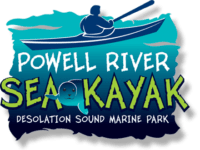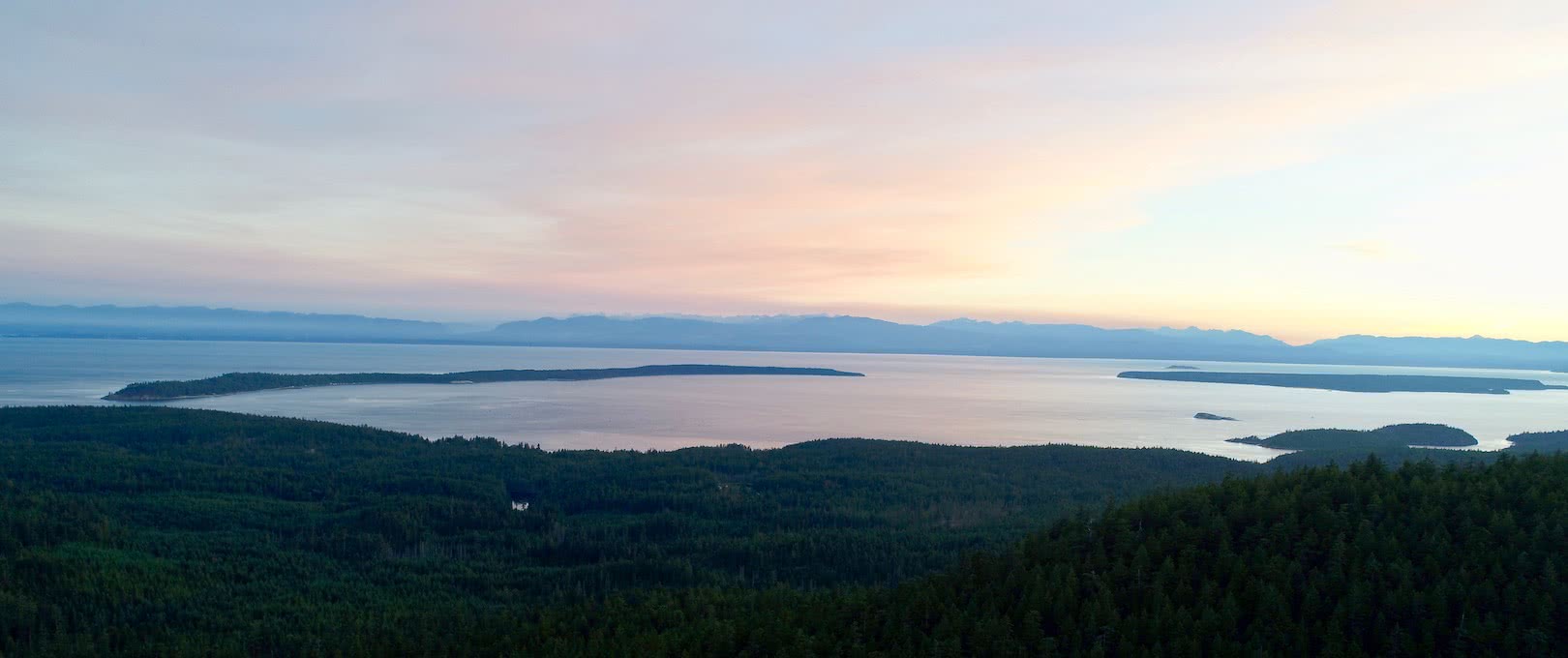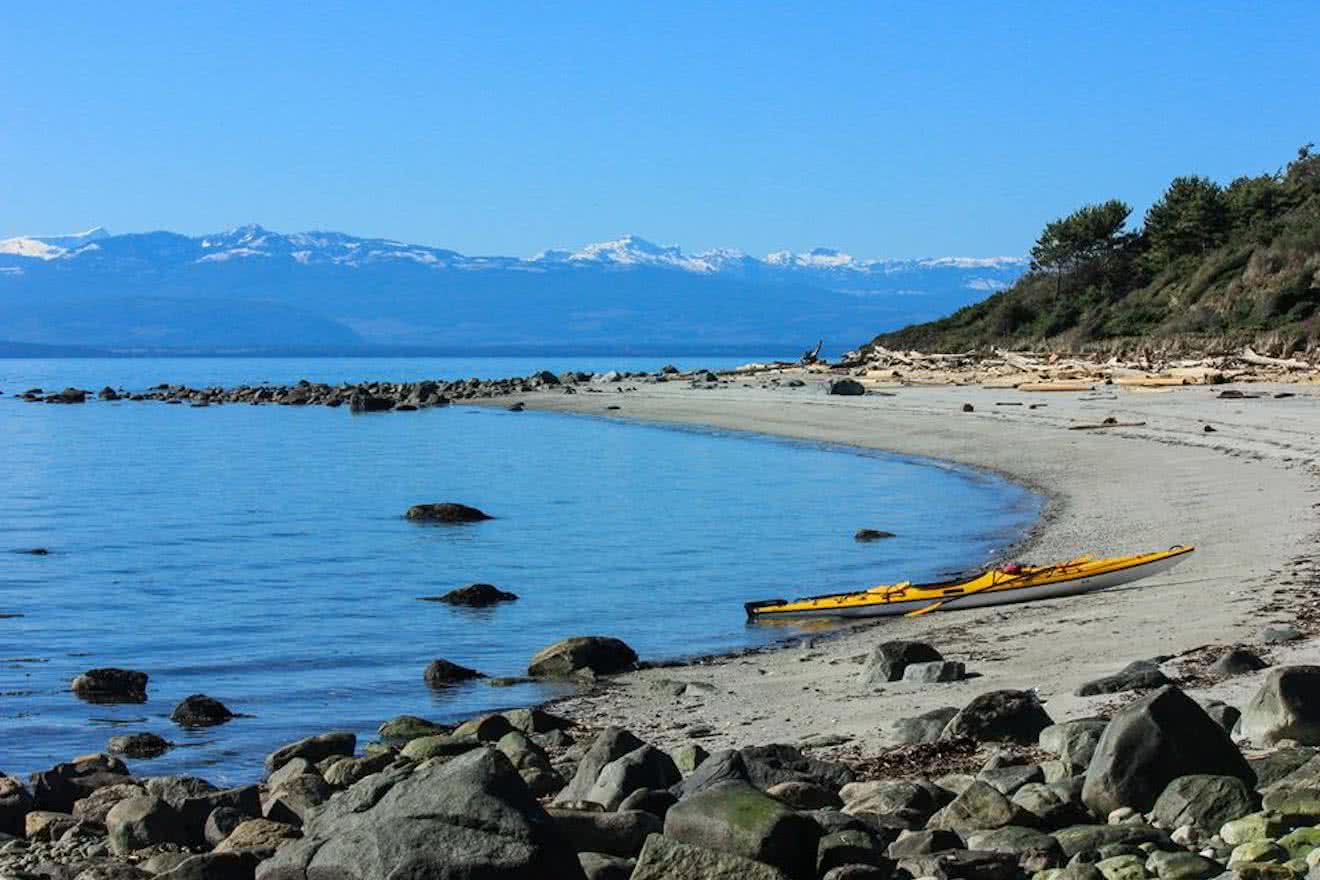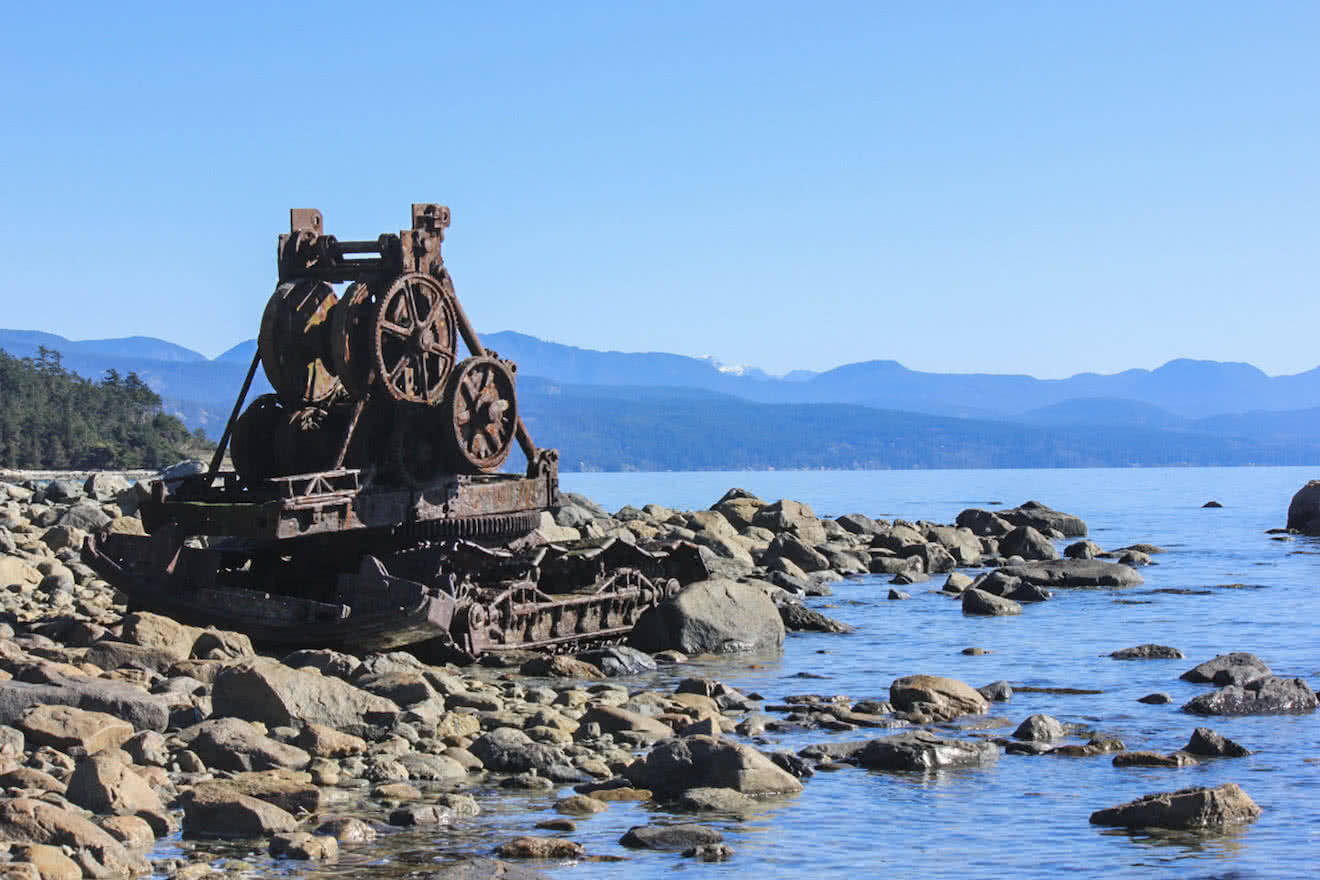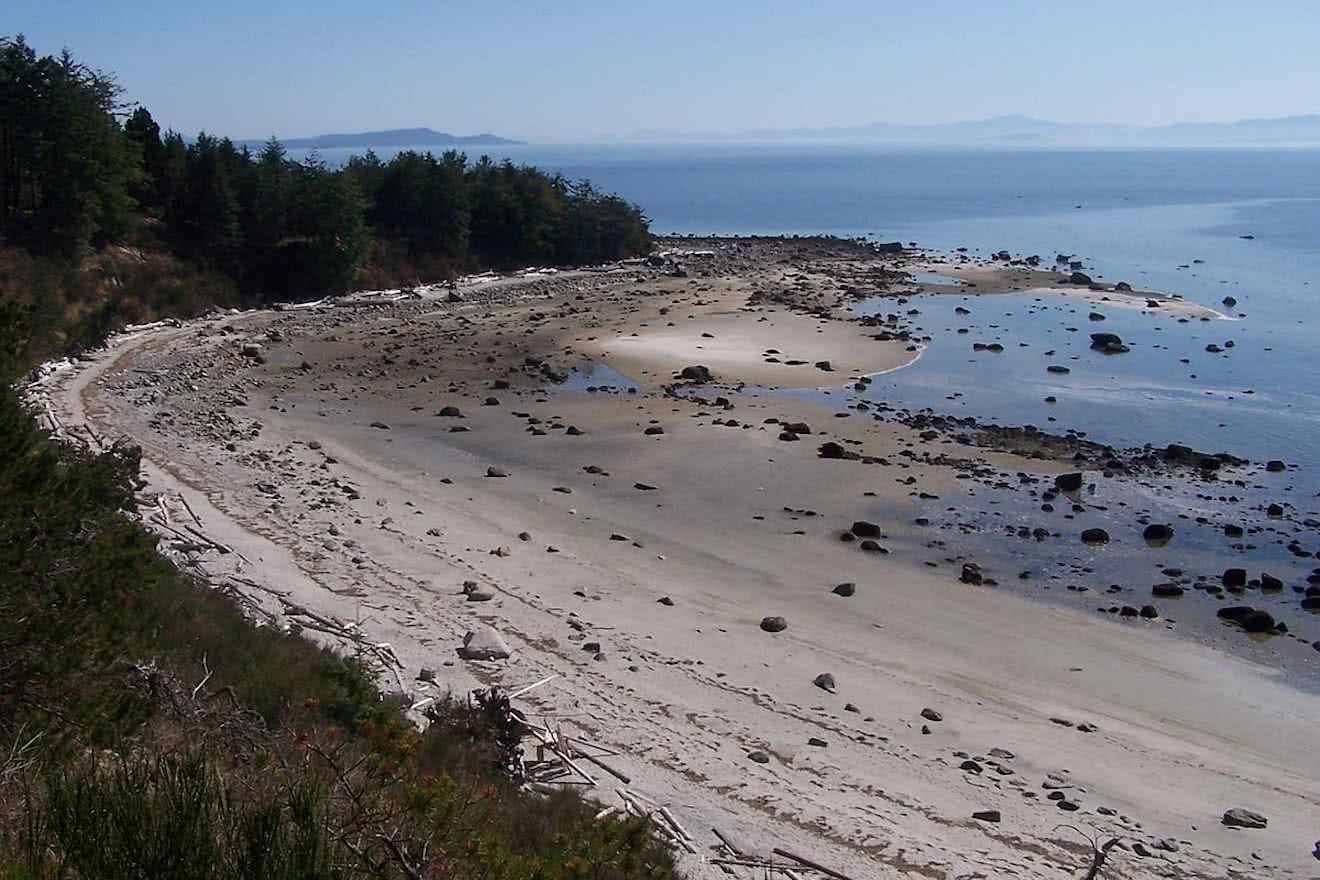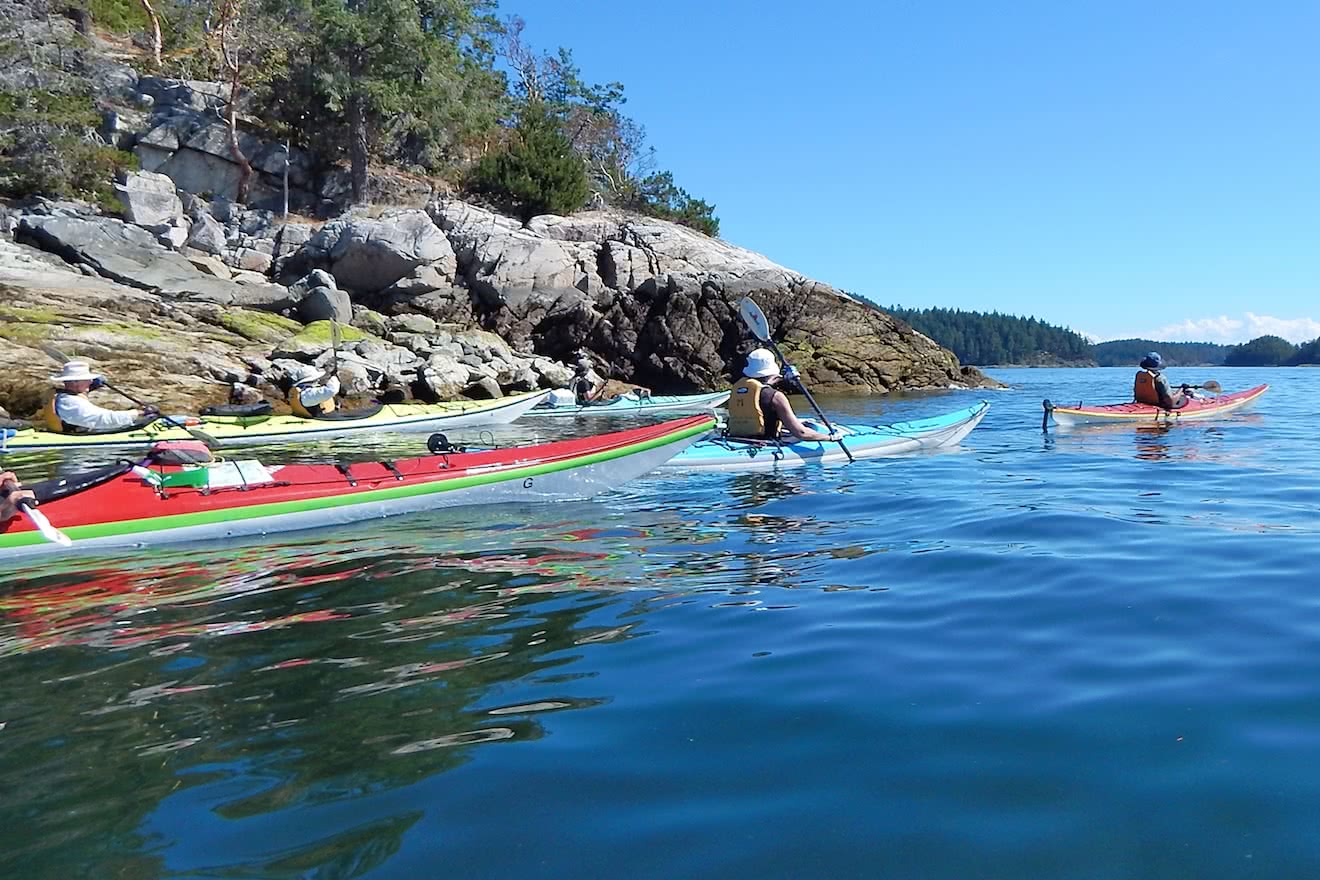From Duck Bay, it is a simple paddle back to Lund the way you arrived, but ambitious kayakers may fancy a full circumnavigation of Savary to the northern shore. Rounding Indian Point at the western tip of the island offers some of the best views in the area, with the white-capped spine of Vancouver Island to your left and the impenetrable peaks of Desolation Sound and the Coast Mountains on your right.
If choosing to circumnavigate Savary, attention should be given to the rise and fall of the tides. A 14 mile trip hugging the shore with high tides can be extended by a number of miles should the tides be low, with the flat, shallow beaches extended hundreds of metres in places to the ocean when the tide is way out!
It is recommended to return to Lund after hugging the entire northern coast of the island and crossing at the shortest point back to the mainland. While it may be tempting to make the 4.5 mile crossing straight to Lund from Indian Point, distances on the water are often misleading, and weather can change quickly in the exposed Strait of Georgia, trapping inexperienced kayakers far from safety.
